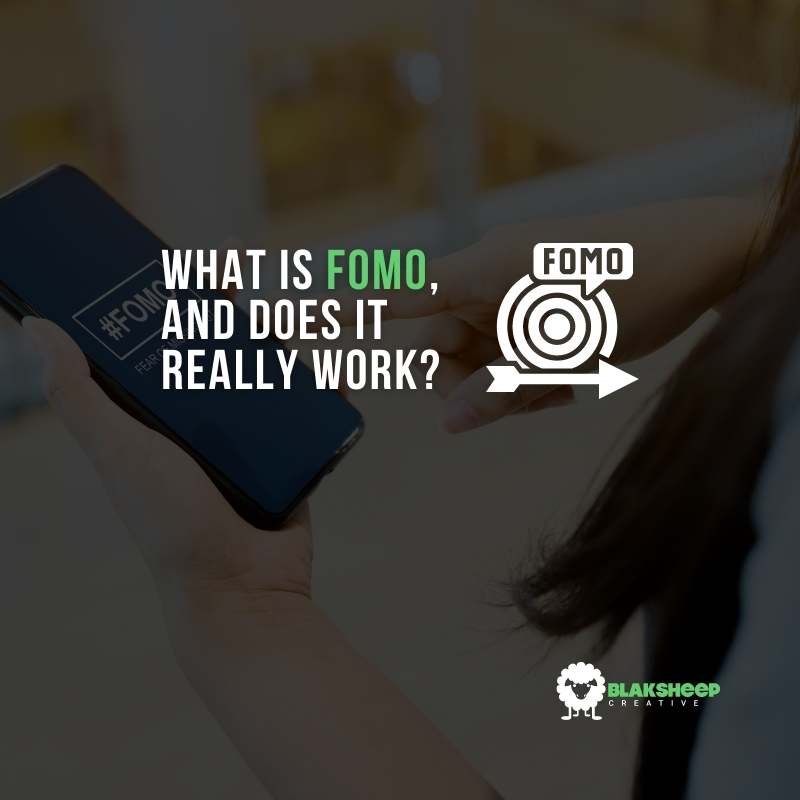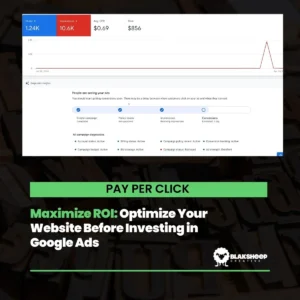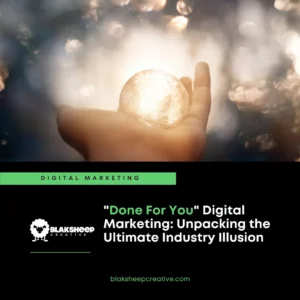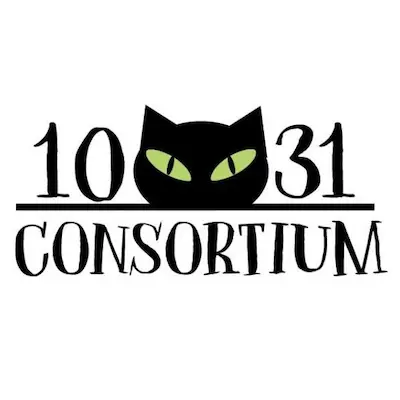Do you feel like you’re always left out? Like you’re missing out on all the fun? If you’re struggling with FOMO or Fear of Missing Out, it can have serious consequences if it’s not dealt with. This post will talk about what FOMO is, what causes it, and how you can deal with it.
What is FOMO, and does it really work?
FOMO is an acronym for Fear of Missing Out. It’s a term coined in the early 2000s to describe people’s anxiety and worry when they think they’re missing out on something. FOMO can be caused by several things, including social media, advertising, and peer pressure, negatively affecting their life.
If you scroll social media and feel left out, chances are you’ve experienced some level of FOMO.
Is FOMO real?
Yes, FOMO is a real thing. It’s not just something people say to make them feel better. FOMO is a legitimate psychological phenomenon that can affect people’s lives. If you’re struggling with FOMO, don’t be afraid to seek help from professionals.

How Marketers Use FOMO to Influence Buyers
Marketers use FOMO, or the fear of missing out, to influence buyers into making impulse purchases.
They showcase the best aspects of life on social media and make people feel they’re missing out if they don’t buy what they’re selling.
This can be a very effective tool, as it can cause people to make decisions they may not have otherwise made.
How can I use FOMO Marketing Tactics in my business?
If you’re a business owner, you can use FOMO to create a sense of urgency in your marketing. You can do this by using limited-time offers, social media influencers, or by saying that there are only a limited number of products available. This can cause people to buy something even if they don’t really need it, as they don’t want to miss out on the chance to get it.
Considering hiring an influencer to promote your brand? Read our article on five creative ways that you can do just that!

What are some tips for using FOMO in marketing?
There are many tips you can use to make sure your FOMO marketing is effective.
First, make sure you’re clear about what you’re offering and why it’s valuable. Explain why your products or services are worth buying and make sure the benefits are clear.
Second, create a sense of urgency by using limited-time offers or saying that only a limited number of products are available. Finally, make sure you target your marketing to the right audience.
FOMO can be a powerful marketing tool if it’s used correctly. By creating a sense of urgency and targeting your marketing to the right audience, you can increase people’s chances to buy your product.
What are some examples of FOMO in marketing?
Some examples of FOMO in marketing include limited-time offers, social media influencers, and creating a sense of urgency by saying that there are only a limited number of products available.
Have you ever visited a website and are greeted by a popup that says, “Only X items left in stock!”? That’s an example of FOMO being used in marketing. The website is trying to create a sense of urgency so that you’ll buy the product before it’s too late.
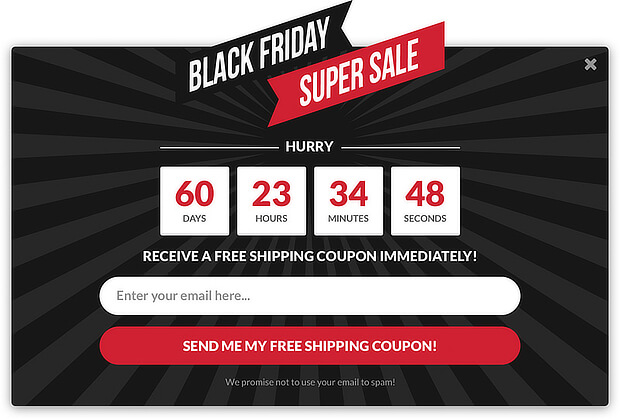
Or perhaps you’ve seen a countdown timer in the corner of a sales page? That’s another example of FOMO being used in marketing. The clock is creating a sense of urgency so that you’ll buy the product before time runs out.
You’ll usually be asked to fill out a form so that a marketer can capture your data for an email list to use in an email marketing campaign or retargeting ads.
What are the benefits of using FOMO in marketing?
Some benefits of using FOMO in marketing include the following:
- It can increase sales
- It can get people to buy a product even if they don’t really need it
- It can be a powerful marketing tool if used correctly
What are some risks of using FOMO in marketing?
Some risks of using FOMO in marketing include the following:
- It can cause people to make impulsive decisions
- It can create a sense of anxiety for people who see the marketing
- It can be used to sell products that are not actually needed
Is Using FOMO in Marketing Ethical?
The jury is still out on whether or not using FOMO in marketing is ethical. Some people argue that it’s a manipulative tactic that preys on people’s fears and emotions. Others say that it’s a perfectly acceptable marketing strategy that can be used to increase sales.
It depends on whom you ask.
Eric Barker, a writer for Time Magazine, says that using FOMO in your marketing efforts can have negative connotations.
Eric cites the study about FOMO and positions it as a negative influence on the lives of social media users. The study found that people who experience FOMO are more likely to be unhappy and have lower self-esteem.
“Forget the fake perfect lives of Facebook that lead to FOMO. Instead, try JOMO: the joy of missing out on all those illusions.” Eric Barker
— Ida Therén (@IdaTheren) June 6, 2016
The FOMO model can be very effective in certain situations, but you need to be careful about how you use it. Make sure you’re clear about what you’re offering and why it’s valuable.
Other studies have shown that FOMO may lead to burnout and cause people to take breaks from or entirely leave social media platforms. As a result of this overuse, you might be doing long-term harm to your brand by having users who are most likely to use FoMO tactics depart the platforms you’re trying to contact them on.
Using FOMO in a Positive Way
Don’t abandon it just yet!
Marketers may profit from fear of missing out without engaging in actions that are detrimental to people’s mental health.
Maintaining the credibility of your social media campaign is critical in achieving success.
You may accomplish this in a variety of ways. Avoid marketing cliches that make people want to leave your website, unfollow, or unfriend you, and give high-quality free content that users will genuinely not want to miss out on.
It’s all about the content.
Whether it’s your website visitors, blog followers, or social media contacts, give them something valuable that makes them want to stick around. That might be a great article, an interesting video, or even a giveaway.
If you can make your target audience feel like they’re missing out on something good by not following you, you’re more likely to see success in your marketing efforts.
When you consistently provide high-quality content, you’re less likely to need to use FOMO as a crutch. People will view your content as so valuable that they’ll be genuinely upset if they miss out on it.
In this way, you can positively use FOMO by providing so much valuable content that people will be reluctant to miss out on any of it. This is a much better use of FOMO, and it’s more likely to result in positive outcomes for your brand.
Examples of FOMO in Marketing
There are many examples of FOMO in marketing. One is the use of “limited time offers.” Marketers will often make people think that if they don’t buy something right now, they’ll miss out on the chance to get it.
You’ll often see these on landing pages and in email marketing campaigns. They usually include a countdown timer to create a sense of urgency.

Another example is the use of social media influencers. Marketers will often pay social media influencers to promote their products. This can create a sense of FOMO for people who see the posts, as they may feel like they’re missing out on something if they don’t buy the product.
Finally, marketers will sometimes create a sense of urgency by saying that only a limited number of products are available. This can cause people to buy something even if they don’t really need it, as they don’t want to miss out on the chance to get it.
Example FOMO Marketing Campaign
An example of a FOMO marketing campaign is the “24 hours only” sale. This type of sale often creates a sense of urgency and can cause people to buy things they don’t need.
Another example is the whole notion of Black Friday. This event is often marketed as a one-time opportunity to get great deals on products. As a result, people often buy things they don’t need in order to take advantage of the sales.
Both of these examples use FOMO to get people to buy things they may not otherwise purchase. This can be harmful to people’s finances and can lead to them buying things they don’t need.
The Bottom Line
FOMO is a real thing, and it can have severe consequences if it’s not dealt with. If you’re struggling with FOMO, there are some things you can do to deal with it. You can talk to a therapist, set some limits for yourself, or find a balance between your offline and online life.
Marketers use FOMO to influence buyers into making impulse purchases. They showcase the best aspects of life on social media and make people feel like they’re missing out if they don’t buy what they’re selling. This can be a very effective tool, as it can cause people to make decisions they may not have otherwise made.
Hire a Professional!
If you’re looking for high-quality content that will keep your followers engaged, look no further BlakSheep Creative. We can help you develop a social media campaign that uses FOMO in a positive way to increase sales and build brand loyalty. Contact us today to learn more!
